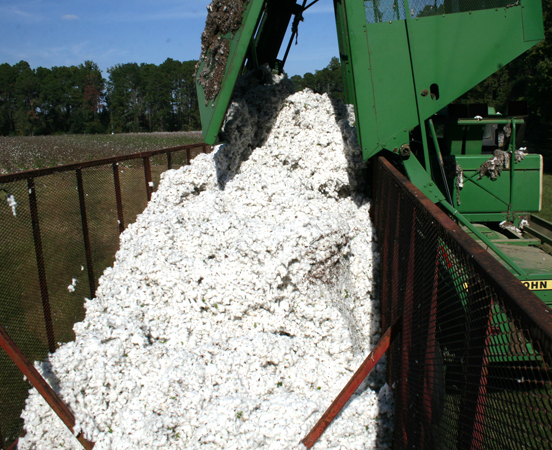 CAES News
CAES News
Cotton Variety Selection
With cotton prices plummeting below 60 cents this winter, selecting a variety to plant for the upcoming season is a critical decision for Georgia farmers. The University of Georgia Cotton Variety Selection Program provides growers with the research-based information they need to produce the state’s No. 1 row crop.

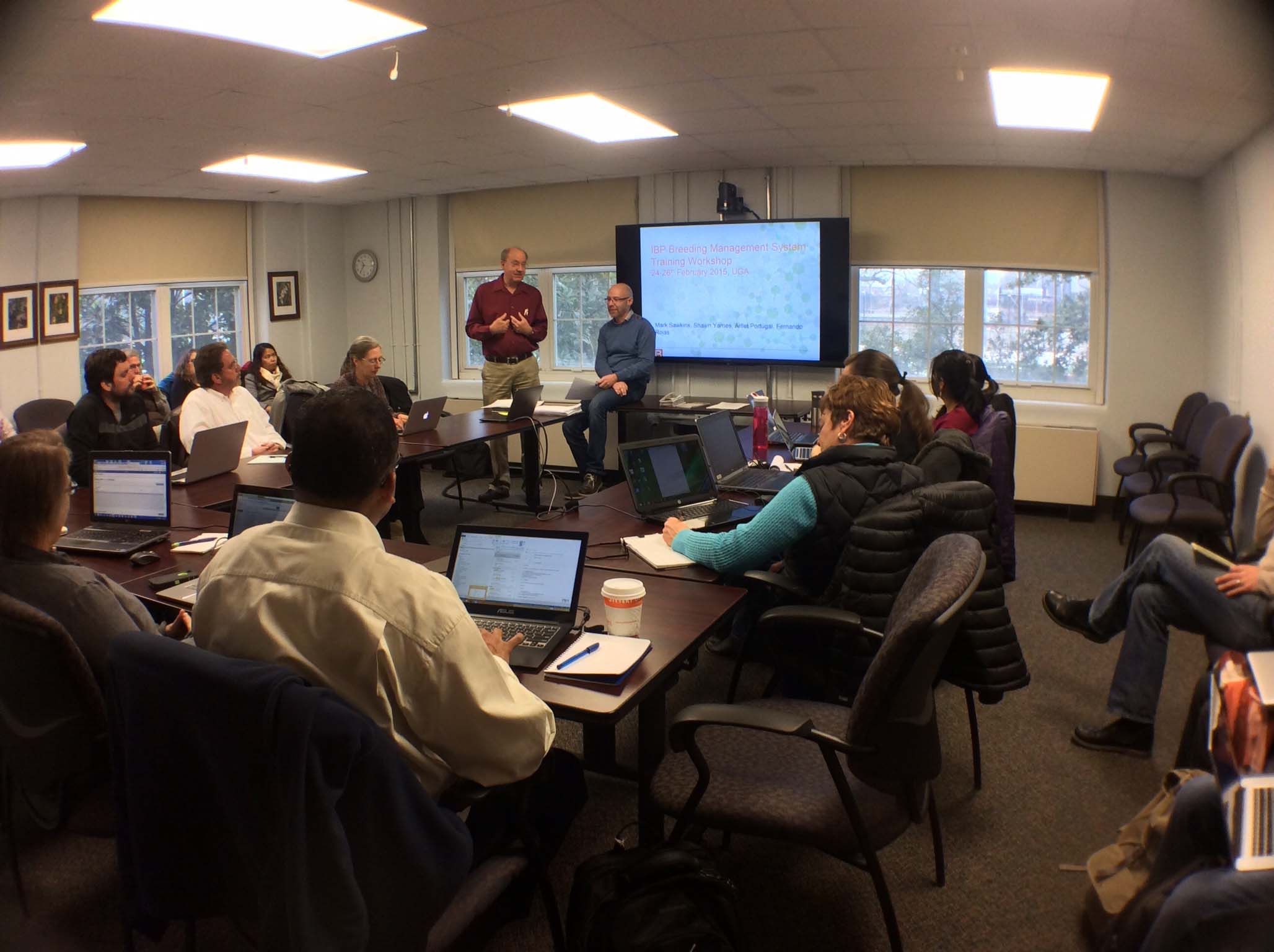

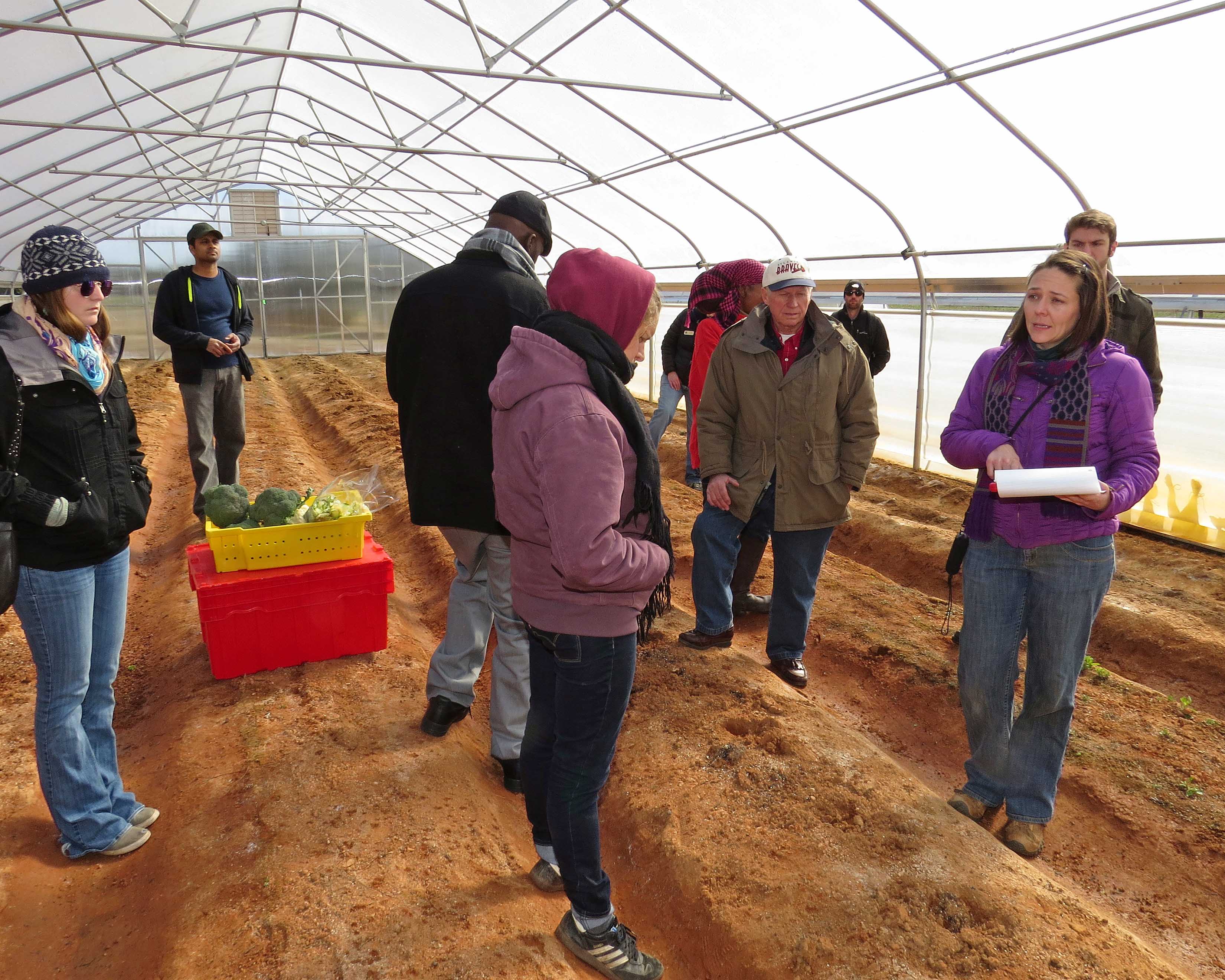

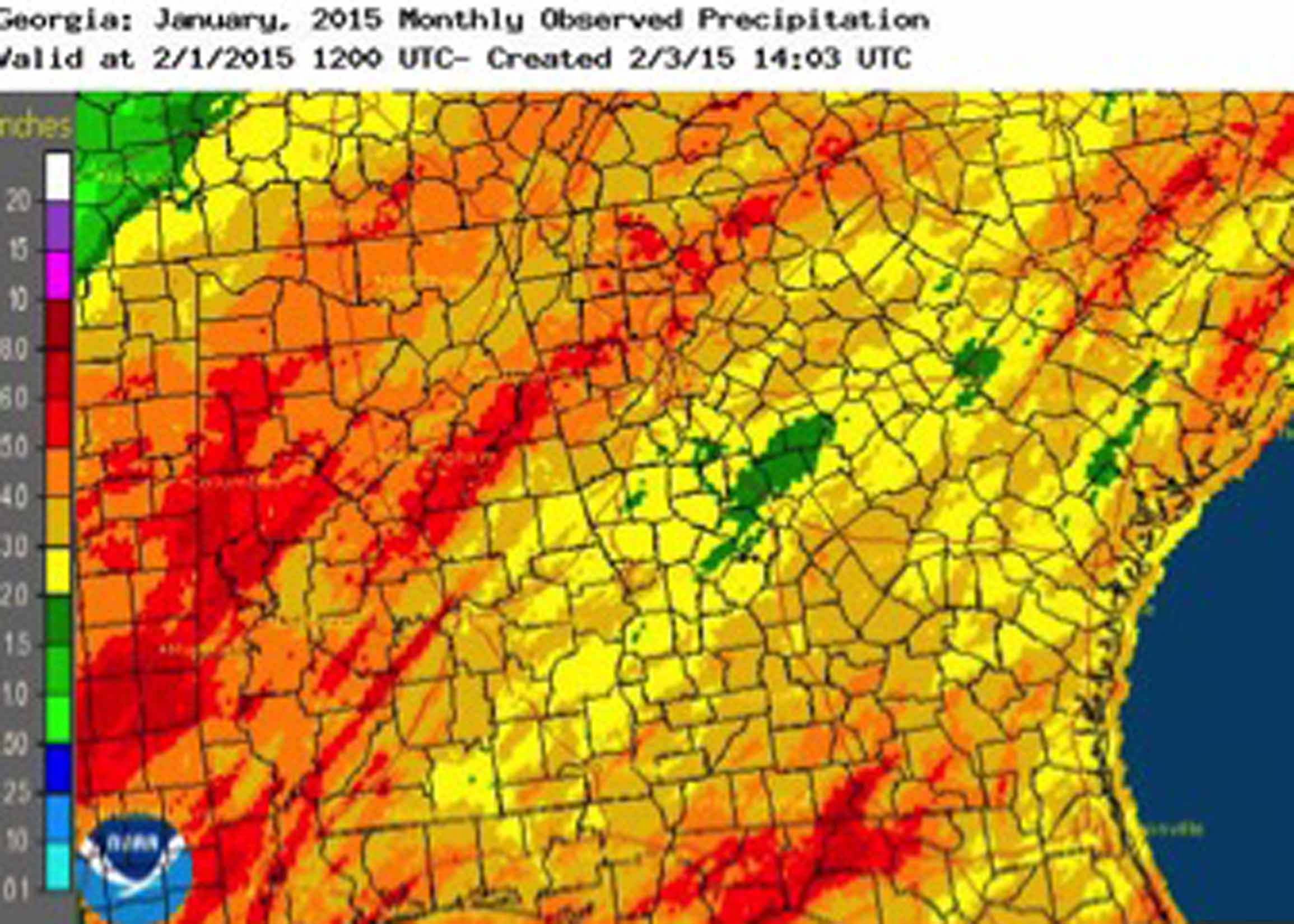
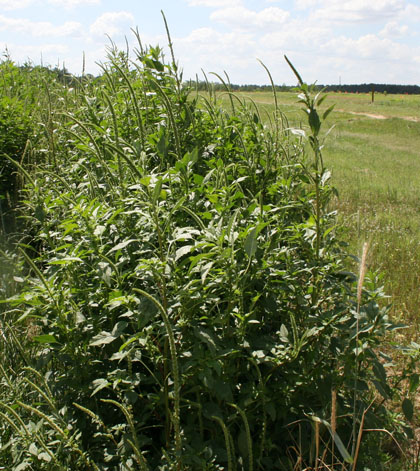
.jpg)